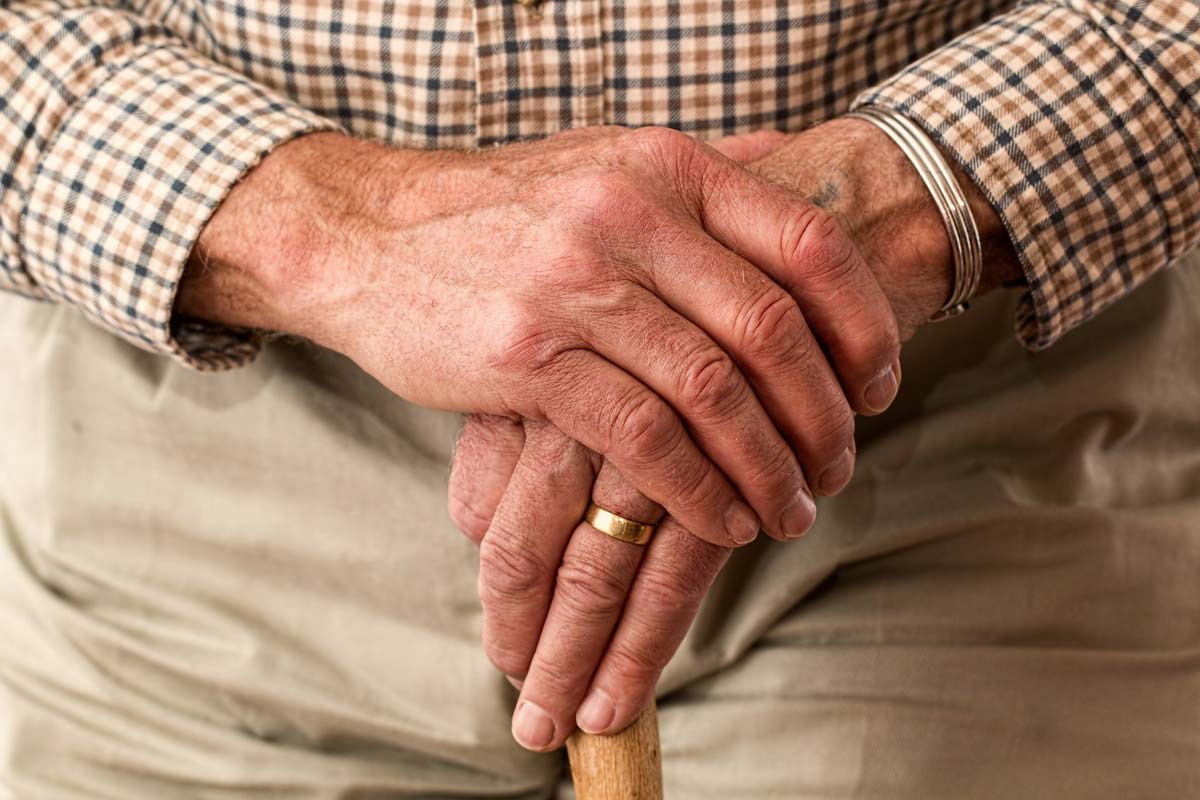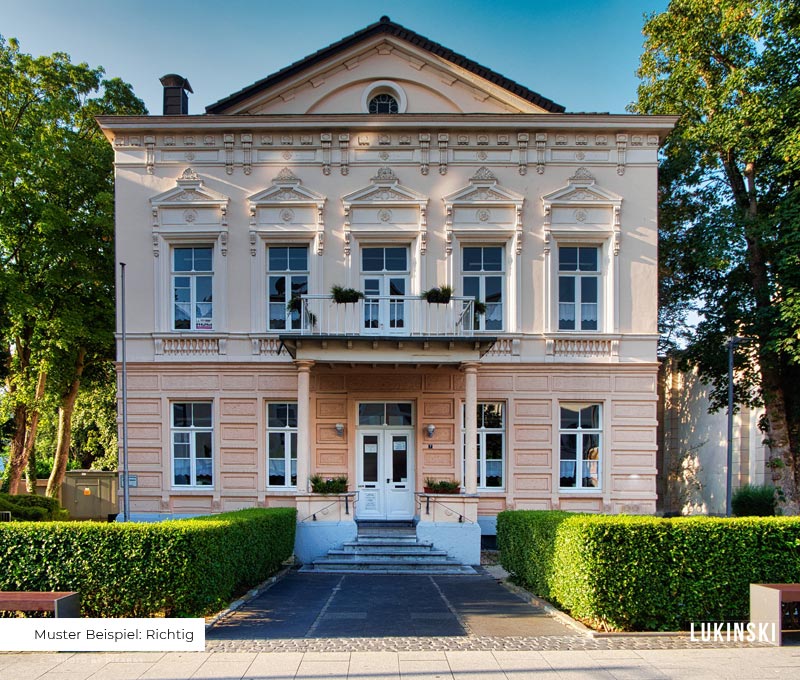Sell apartment and stay in residence: Real estate pension models – comparison
Selling an apartment and staying put – Selling an apartment can be a good way for many people to create additional income or liquidity, especially if they are in a financially difficult situation. However, in most cases, it is not that easy to part with your familiar home and move to a new environment. There are several options that allow you to sell your home and still live in it. We explain how. Here’s a look at annuities, partial sales, reverse mortgages & more. Selling your own home and still staying in it is an ideal way to release your real estate assets without having to move out.
Sell your apartment & stay: Is that possible?
Selling an apartment allows you to improve your financial situation and still stay in your home. But in addition to improved liquidity, you can also enjoy a variety of other benefits.
Advantages: Improved liquidity & More freedom
For example, some models allow you to buy back your sold property at a later date. Your heirs can also be granted a priority right of repurchase. In addition, the released capital can be used to pay off loans, you and your family are relieved financially and you can enjoy your retirement without worries.
These are the advantages:
- Improved liquidity
- No need to move out
- Flexibility
- Regulation of the inheritance
- Repayment of loans
Disadvantages: Loss of ownership & steady costs
However, you should also consider the disadvantages. Depending on the model, you may no longer be able to dispose of the entire apartment despite a right of residence that has been granted, and you may be prohibited from renting or leasing out your property, for example. At the same time, you still have to pay for the maintenance of the property, the maintenance costs and property tax.
All disadvantages at a glance:
- Loss of property
- Renting / leasing prohibited
- Continuous costs
So all in all, there are both advantages and disadvantages when it comes to selling your apartment and still staying in it. Exactly which advantages and disadvantages you will have to reckon with ultimately depends on the model you choose.
The most important models at a glance
As mentioned above, there are a variety of options open to you that allow you to sell your apartment without having to move out of your familiar surroundings. We present them to you.
Partial sale: one-time immediate payment
With the partial sale of your apartment, up to 50% of your apartment is sold to a professional partial sale company. You receive the purchase price immediately. The lifelong usufructuary right is guaranteed to you under land register law and you pay a monthly fee to the partial buyer. The special feature of the partial sale: You may continue to rent and lease your apartment and thus generate additional cash flow. In addition, you can buy back the sold part in full.
The partial sale at a glance:
- Disposal up to 50% of the apartment
- Receiving an instant payout
- Assurance of the right of usufruct under land register law
- Payment of a monthly usage fee
Life annuity: Regular annuity payments
An alternative to the partial sale is the life annuity. This is an arrangement whereby you sell your home and in return receive a regular payment in addition to yours for the rest of your life. The amount of the monthly payment usually depends on the age of the seller and the value of the home. The older the seller, the higher the monthly payment. Compared to the partial sale, however, the life annuity does not guarantee you the right of usufruct, but only the right of residence.
The life annuity in summary:
- Sale of the complete apartment
- Additional pension payment
- Amount depending on property value & age
- Assurance of the right of residence
Whether a partial sale or an annuity, selling a home without moving out is an ideal way to give you a financial cushion without having to move out of your home.

Reverse mortgage: Apartment as loan collateral
A reverse mortgage also allows you to stay in your home after a successful sale. If you opt for a reverse mortgage, your home is used as collateral to obtain money from a lender. Unlike traditional mortgages, where the borrower pays interest and principal, a reverse mortgage does not require the borrower to make any payments. Instead, the loan amount is increased over time by the interest and fees and becomes due when the borrower dies or moves out.
Everything you need to know about reverse mortgages:
- Apartment as collateral for the lender
- No additional payments by the borrower
Usufructuary right or right of residence for sale & donation
Instead, however, it is also open to you to sell or give away your apartment and have the sole usufructuary right registered. In the case of real estate, the usufructuary right allows the usufructuary to occupy the property and use it as he or she sees fit, to earn rental income or to lease it out. The usufructuary right is often not limited to any specific period of time and ends as soon as the usufructuary dies.
Instead of a usufructuary right, a residential right can also be registered. In contrast to the usufructuary right, the right of residence only gives the right to use and occupy the property, but not the right to earn income from or rent out the property.
Conclusion: The advantages outweigh the disadvantages
If you would like to stay in your own four walls and increase your financial resources in the process, there are a variety of options open to you. These include the partial sale, the reverse mortgage, the annuity, the usufructuary right and the right of abode. Each of these concepts has its advantages and disadvantages. Therefore, it is important to carefully review the terms to make the right decision. Some of the advantages are additional income, continuity and no relocation, while some of the disadvantages are loss of property, restrictions and costs.
So take enough time to compare the different models and make the best decision for you.















